Refining Solutions for Supporting Facility-Based Delivery in Liberia
Written by: Allison Schachter and Sara Flanagan, ideas42
For many rural low-income pregnant women in Liberia, the ability to deliver at a health facility is riddled with barriers. While they may intend to deliver their baby at a health facility and believe it’s the safest place to give birth, it often requires extensive planning and saving, from determining when and how to leave for the facility, to saving for the cost of transportation and medical supplies required at the facility.
In 2021, Breakthrough ACTION undertook a new project to address these challenges. The project conducted formative research applying a behavioral science lens to explore the context shaping decision making and behavior of pregnant women and others with influence. Breakthrough ACTION also undertook a collaborative co-design process that engaged local and national government stakeholders, pregnant and postpartum women and their families, and community and facility-based health workers. The resulting set of behaviorally-informed solutions help to address barriers and facilitate facility-based delivery; for example, by leveraging Liberian storytelling traditions to build on the important relationship between women and trained traditional midwives. We are excited to share the next phase of this work!
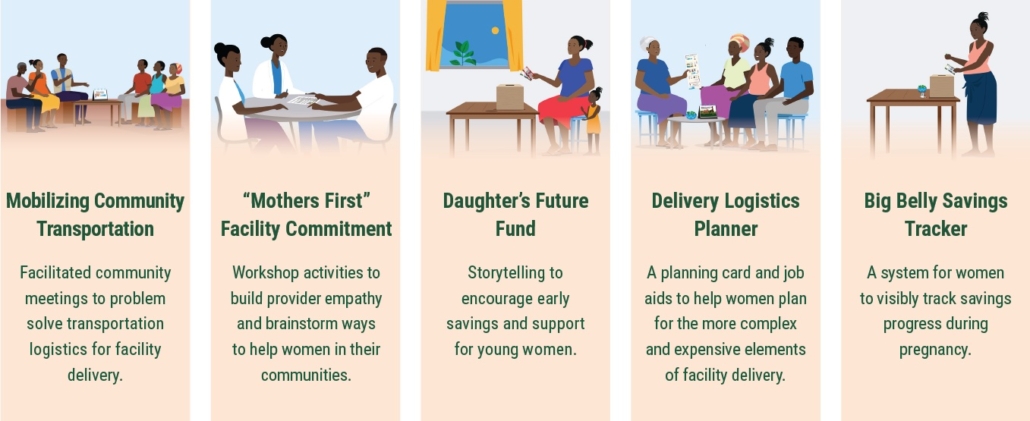
Breakthrough ACTION is piloting the solution set in two districts, Buchanan District and District 4, in collaboration with Americares, a health-focused relief and development organization that has been working in Liberia since 2015.
After an initial training on how to implement the solutions, stakeholders and end-users were enthusiastic about the designs and their ability to support women in their communities seeking to access safer deliveries.
Some of the feedback received from stakeholders included:
In the training where I was one participant, it was very interactive. The materials used were accessible and then, yes we had a good time because we were able to talk lengthily and the time for the training was appropriate… During the training that we saw, they [trained traditional midwives] were zealous, they have the interest. It is something that they have been doing, but not in this manner… From what I saw, I know that they are willing to use it [planning tools].
—Grand Bassa County Health Team
Before, pregnant women will come to the facility, we will just check you and tell you to do this, buy this, buy this; but now, through the tools, we understand that early planning helps a lot to prevent you from difficulties while carry your baby.
—Provider, Grand Bassa
Yes, we never used to plan with them [pregnant women], but now right after the training we decided to plan how to save money for them for their saving…The training I really like it because, it’s encouraging mainly the stories made for people to come to themselves and say yes let me go to the hospital, it’s helping we the community health assistants ourselves because we used to talk to them they would say, “All my children I been borning how I used to burn them,” but the stories when you talk to them they can listen.
—Community health assistant, Grand Bassa
It’s [savings tracker] a good thing because we never had the idea first, but now we have the idea. We used to just tell them when to come to the clinic, we didn’t use to tell them how to keep money in cash box. So, the thing I learned from there it’s good because when the cash box is there you’ll be able to save small money. So, when time come you can look in the cashbox to solve some problem.
—Trained traditional midwife, Grand Bassa
Leveraging this enthusiasm, Breakthrough ACTION plans to apply forthcoming insights gained from the initial pilot period to continue to refine and update our facility-based delivery solutions and implementation guidance. Ultimately, implementation of the solutions will extend beyond the initial districts and will support more rural Liberian women to succeed in following through on their intention to deliver at the health facility–and help make more births safe for women and their infants.
For more information on the facility-based delivery designs or if you are interested in implementing the designs please download a copy of the Tested Solutions for Facility-Based Delivery design guide.

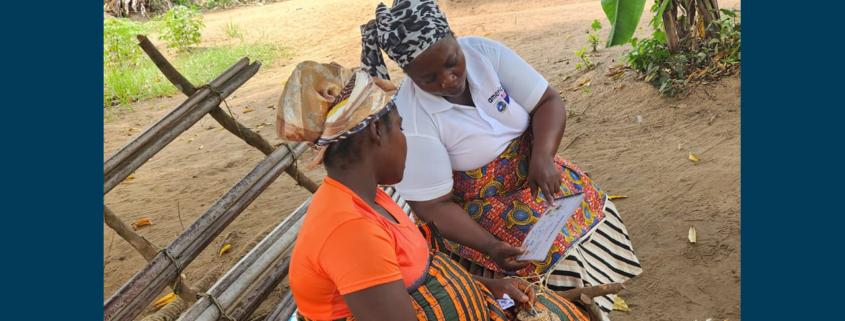 Mbalu Jusu/ideas42
Mbalu Jusu/ideas42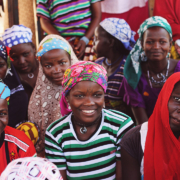 Cambey Mikush/Photoshare
Cambey Mikush/Photoshare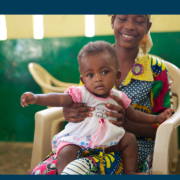 Sara Holbak/VectorWorks/Photoshare
Sara Holbak/VectorWorks/Photoshare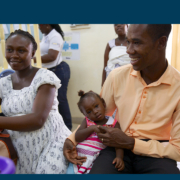 Sarah Hoibak/VectorWorks/Photoshare
Sarah Hoibak/VectorWorks/Photoshare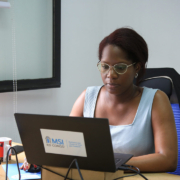 Getty Images/Image of Empowerment
Getty Images/Image of Empowerment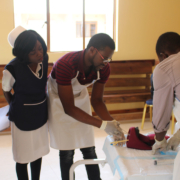
 © 2012 CCP/NURHI 2, Courtesy of Photoshare
© 2012 CCP/NURHI 2, Courtesy of Photoshare